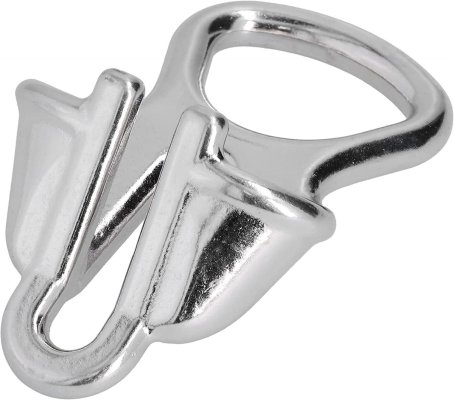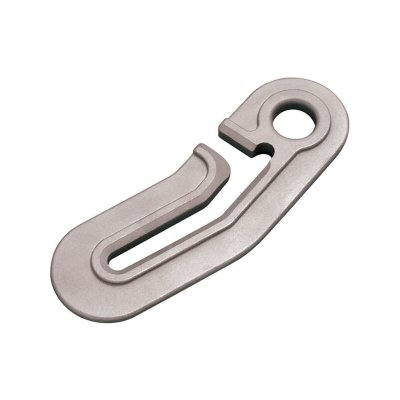FWT
Guru
- Joined
- Dec 10, 2020
- Messages
- 1,520
- Vessel Name
- Resilient
- Vessel Make
- Helmsman Trawlers 38E
While I was fooling around looking for the strength rating of the Alpine Butterfly hitch I stumbled up this discussion about options to tie a snubber to a chain or rope rode.
Lots of folks here report success in using a rolling hitch, but this suggests there are simple ways to improve upon that. The simple solution being a second rolling hitch.
For what its worth.
http://https://www.practical-sailor.com/safety-seamanship/hitches-to-grip-anchor-chain
Lots of folks here report success in using a rolling hitch, but this suggests there are simple ways to improve upon that. The simple solution being a second rolling hitch.
For what its worth.
http://https://www.practical-sailor.com/safety-seamanship/hitches-to-grip-anchor-chain

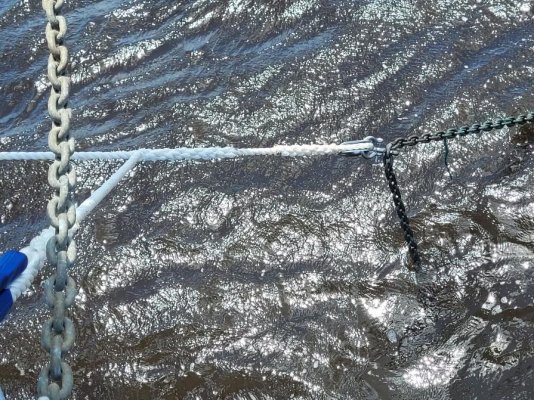
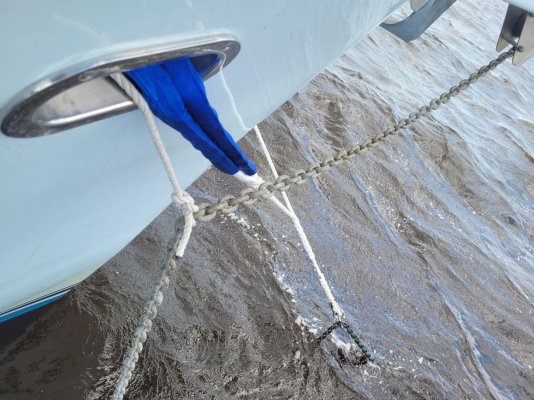
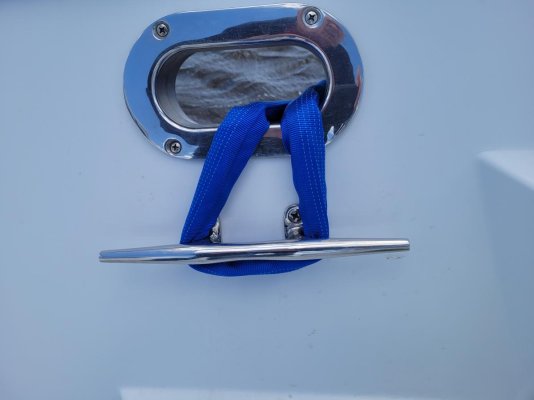
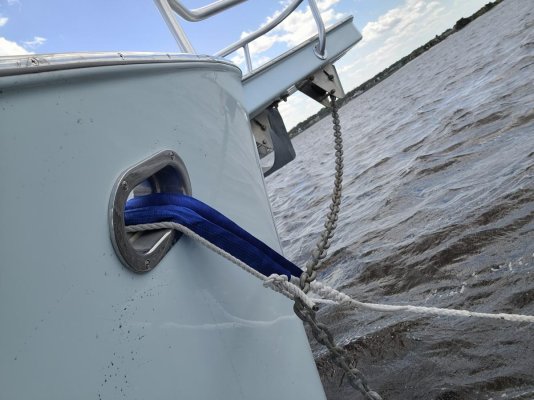
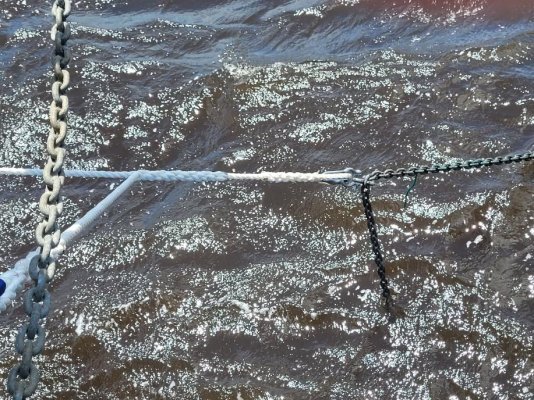
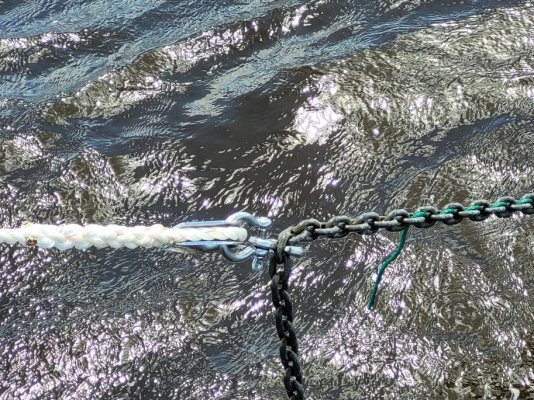

 I'd like the junction of the legs from the hawse pipes one foot lower and the junction to the hook one foot longer. I'm so happy with this one, that I never used the new one I made to go over the bow roller. So I'm probably going to take that one, scavenge the hardware and chaffing sleeves, and buy some more rope.
I'd like the junction of the legs from the hawse pipes one foot lower and the junction to the hook one foot longer. I'm so happy with this one, that I never used the new one I made to go over the bow roller. So I'm probably going to take that one, scavenge the hardware and chaffing sleeves, and buy some more rope. 
